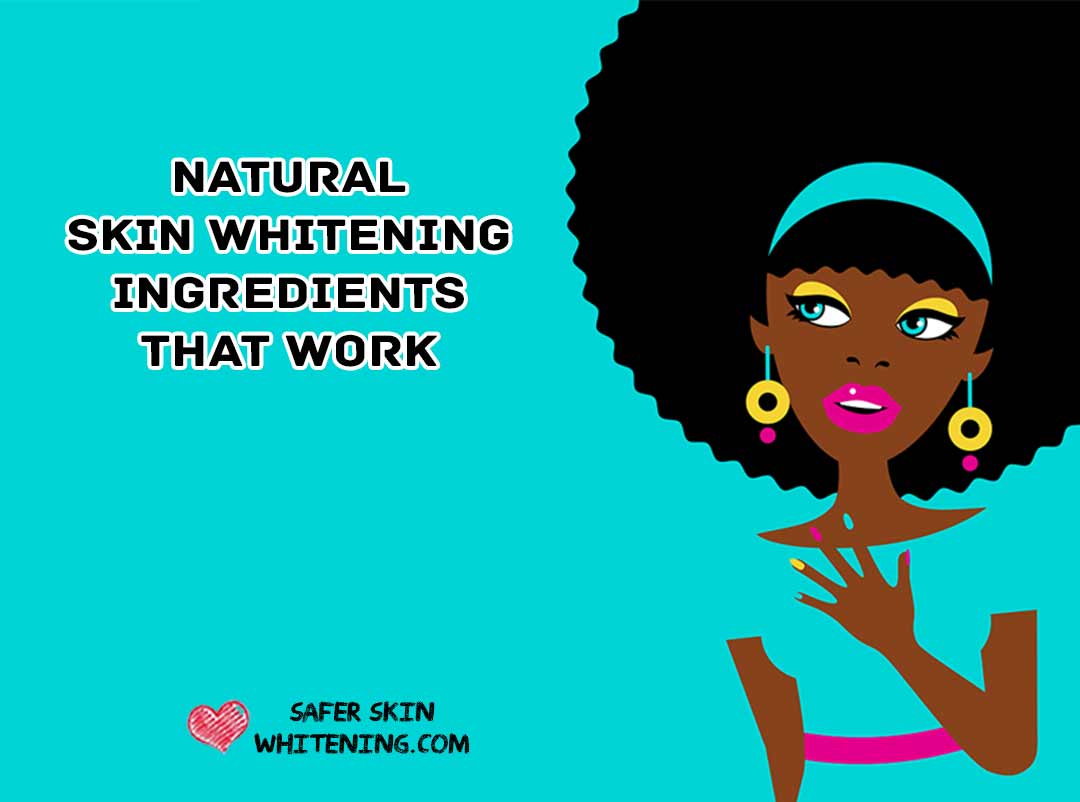
Natural Skin Whitening Ingredients That Work
It’s real tough to overestimate the significance of taking proper care of face and skin. Your skin is the largest organ of your body and acts as the primary line of guard against infections and diseases. So, in case you see certain dark spots, splotches, or some high pigmentation issues on your skin, you definitely take the appropriate steps to counter the damage and prevent it along with making your skin youthful and glowing again.
So how do you do that? Do you resort to the best skin lightening and whitening creams that have become quite popular recently? Or do you whip up some natural masks with the fruits and vegetables in your refrigerator?
Whipping up a mask at home may not agree to most of us with our busy schedules and tired life. Picking up a product off the shelf makes more sense in this case. But do you know that most of the off-the-shelf skin lightening products are composed of harsh chemicals that can cause more damage to your skin?
The Dark Side of Skin Lightening Products
Two of the most common ingredients that you will find in most of the skin whitening creams are mercury and hydroquinone. These chemicals are known to limit the formation of melanin in your skin – melanin being the culprit for the pigmentation, dark spots, and splotches that tend to appear on your skin.
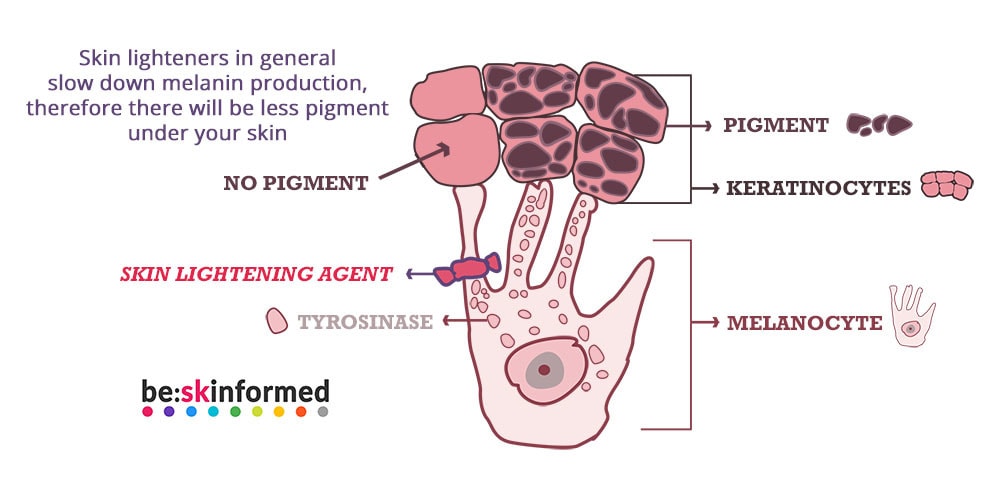
But even though these 2 ingredients have benefits, research has shown otherwise. Prolonged exposure to these chemicals can be actually toxic to your skin. Using them for longer periods of times can cause darkening of the skin and premature ageing. So, if you go out to purchase a skin whitening cream, watch out for these chemicals, but better still, check out this article about side effects you may encounter.
Now the question that might be coming to your mind is how would you then tend to your skin problems? You cannot buy the off-the-shelf products because so many of them contain hydroquinone and mercury! So what should you do?
Only purchase products with natural components
Science to the rescue of skin whitening!
Relax! Science has come to your rescue. There have been investments in research, technology, and innovations when it comes to the skin whitening industry. We, as consumers, need to be more aware of the ingredients that go into the production of these skin whitening products. Scientists have come up with numerous natural components that are turning out to have the same effects as their chemical counterparts, without side effects or permanent damage to your skin.
Now that you know about the harmful chemicals that are put into the production of these skin whitening creams, it’s time you learn about the natural components that you should look for while purchasing such products. Below we provide a list of the natural skin whitening ingredients that work.
Natural skin whitening ingredients that work
Arbutin
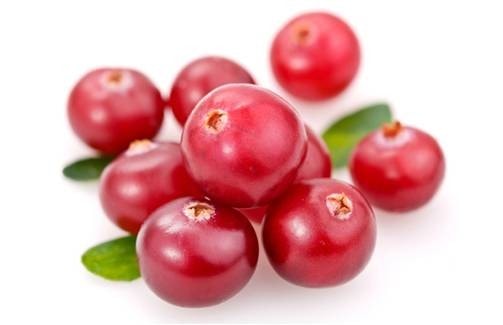
Arbutin is a natural component extracted from the Bearberry or Uva ursi shrub. This component is known to have skin whitening properties. It works by inhibiting the activity of the tyrosinase enzyme which is responsible for the formation of melanin. The best part is that it does not have any of the side effects portrayed by the prolonged use of the harsh chemical hydroquinone. In addition to skin whitening, it also helps to prevent freckles, and liver spots, treats sunburn damage and regulates melanogenesis (the process of formation of melanin).
Arbutin is present in two forms: Alpha – Arbutin and Beta – Arbutin. Whenever you are purchasing skin whitening products with Arbutin, always go for Alpha – Arbutin as it works better than Beta – Arbutin. Also, Beta – Arbutin is known to cause skin irritation in people with sensitive skin.
Almond Oil
Almond oil has been used as a natural skincare product for ages. The oil is extremely effectual in the treatment of circle under the eyes. For darker spots or splotches on your skin, application of almond oil can lead to significant changes on the skin tone. It also nourishes your skin by removing the dead skin cells from the upper layer of the skin and exposing the brighter and fresh looking healthy skin underneath.
For effective lightening results, this oil is mixed with sandalwood oil to be applied directly on skin. Almond oil offer benefits such as clear, healthy, flawless, youthful, and glowing skin.
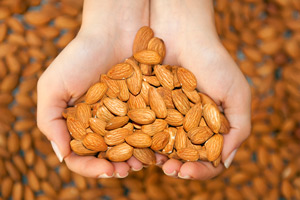
Allantoin
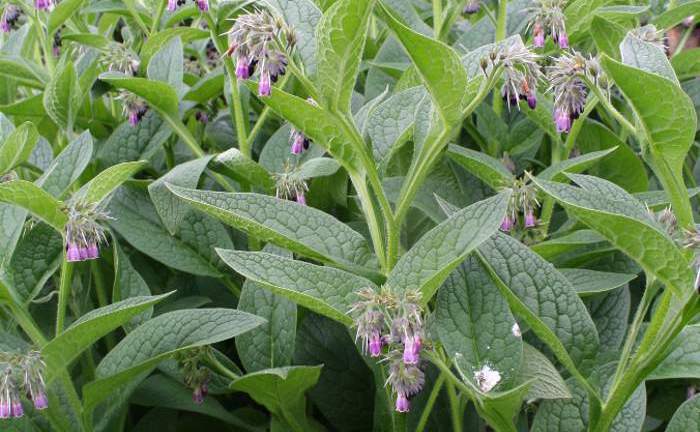
Allantoin is a chemical product derived from the extracts of the comfrey plant. This compound has high reputations as a skin soothing agent and has keratolytic and skin healing properties. Keratolytic means that the compound has the ability to get rid of excess skin.
Allantoin works by shedding the outermost layer of your skin and exposing the healthy and youthful tissue underneath. During this process, it smoothens out the skin by helping it to absorb more moisture. It’s very effective while treatment of wounds, skin ulcers, burns, eczema, or other skin abrasions.
Apart from skin lightening products, this ingredient can also be found in cosmetics and grooming products such as lotions, toothpaste, shampoo, and shaving cream.
Related reading:Best Skin Lightening Products Today
Citrus Extract
Whenever there is any talk of homemade facial masks or exfoliators for getting a clear skin, what do you think pops up every time? Its lemons. Lemons and other citrus fruits are natural bleaching agents for the skin.
These citrus fruits contain a lot of Vitamin C that is responsible for producing collagen fibers which keeps the skin strong and firm. If applied on the affected areas, Vitamin C is known to minimize hyperactive melanocytes. The melanocytes are the culprits to blame for the production of melanin in the deeper layers of your skin that leads to tanning and the skin becoming darker.
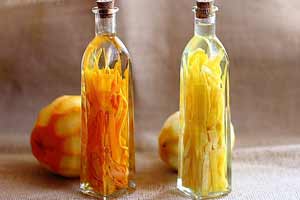
Jojoba Oil
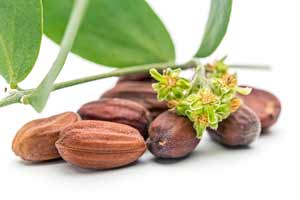
Jojoba oil has in-built properties that can clean out pores on your skin and remove dirt, dead skin cells, and excess oil that has accumulated over your skin. The vitamins and minerals present in the jojoba oil enters deep into lower layers of the skin and eliminates dark spots from within.
The oil is extricated from the seed of the jojoba plant. It is even renowned to have moisturizing properties that hydrate your skin and eliminates redness and itching.
Licorice Extract
Licorice extract is basically the juice extracted from roots of licorice plant. This natural extract has been used for centuries in Chinese medication to treat skin ailments of all degrees.
It was in the 1990s when the Japanese scientists discovered glabridin, a compound present in the extract of licorice. This compound is known to absorb the UVA and the UVB rays and in turn acts as strong skin whitening agents.
According to a clinical study in the Journal of Agricultural and Food Chemistry, glabridin has the potential to inhibit the activity of the enzyme tyrosinase that is responsible for the production of melanin which cause skin pigmentation, by almost 50%. And that too without causing any damage to your skin cells. Apart from skin brightening properties, licorice works wonders for reversing the damage by acne and has anti-inflammatory properties that provides a soothing effect to your skin and minimizes redness.
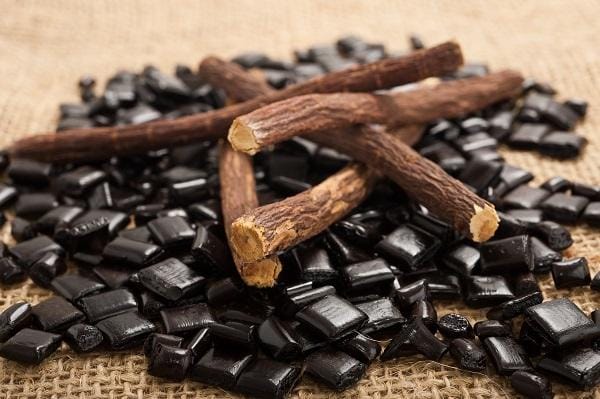
Mulberry

Extracts from Mulberry, especially white Mulberry that is a native of China, has been known to have numerous benefits when it comes to health. The Mulberry extract helps in preventing heart diseases, diabetes, and cholesterol. And that’s not all. It even works wonders when it comes to skin lightening.
Similar to Arbutin, Mulberry also naturally inhibits the activity of the tyrosinase enzyme that is responsible for the formation and release of melanin in your skin.
The Journal of Drugs in Dermatology states that there have been clinical trials which determined that white mulberry as well as paper mulberry, both act as skin lightening agents and are safe and suitable to be used for dermatological purposes. The study carried out by the Journal of Drugs in Dermatology discovered that a mere 0.4% concentration of the extract has the potential to reduce the activity of the tyrosinase enzyme by 50%.
Phyllanthus Emblica
Phyllanthus Emblica, or commonly known as the Indian Gooseberry, is quite rich in antioxidants and also possess antimicrobial properties. The extract from Gooseberry is also rich in Vitamin C that works wonders when it comes to protecting your skin from damage by sun or minimizing hyperpigmentation.
A study held by Dr. Zoe Draelos with people from different ethnic backgrounds showed that the Gooseberry extract has skin brightening properties that are at par or even better than existing harsh skin brightening chemicals such as hydroquinone. This extract provides protection to the skin from oxidative stress, leads to reduction in wrinkle formation, limits production of melanin, and enables the skin to hold on to the natural moisture.
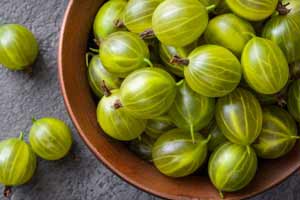
Gigawhite

This is a patented skin brightening product. This ingredient is really good for clearing out dark spots from your skin and melisma. The product is a derivative of seven Swiss alpine trees that are organically grown. These plants include the common mallow, the peppermint plant, and primula (cowslip).
Before these seven plants were chosen, around 100 alpine plants were examined for properties to inhibit the activities of the tyrosinase enzyme. These seven chosen plants exhibited the highest potential to inhibit the activities of the tyrosinase enzyme. This lead to the formation of gigawhite which is now used as a natural and safer alternative to hydroquinone in skin brightening products.
Clycolic Acid
Glycolic Acid is another substance that is completely safe to be used for your skin. Glycolic Acid is derived from AHA or what is more commonly known as Alpha Hydroxy Acid. AHA is a naturally occurring carboxylic acid in numerous food products such as sugarcane, milk, citrus fruits, etc.
Glycolic Acid works by exfoliating the skin and making way for the other skin lightening ingredients to penetrate the deeper layers of the skin. They help in accelerating the skin-cell turnover and in doing so it brightens up the skin and evens out the skin tone. It also helps to get rid of the fine lines and wrinkles from your face.
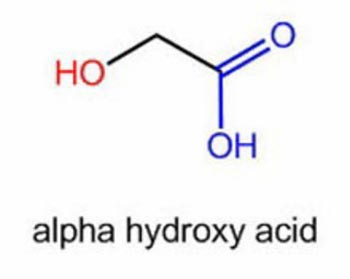
Kojic Acid
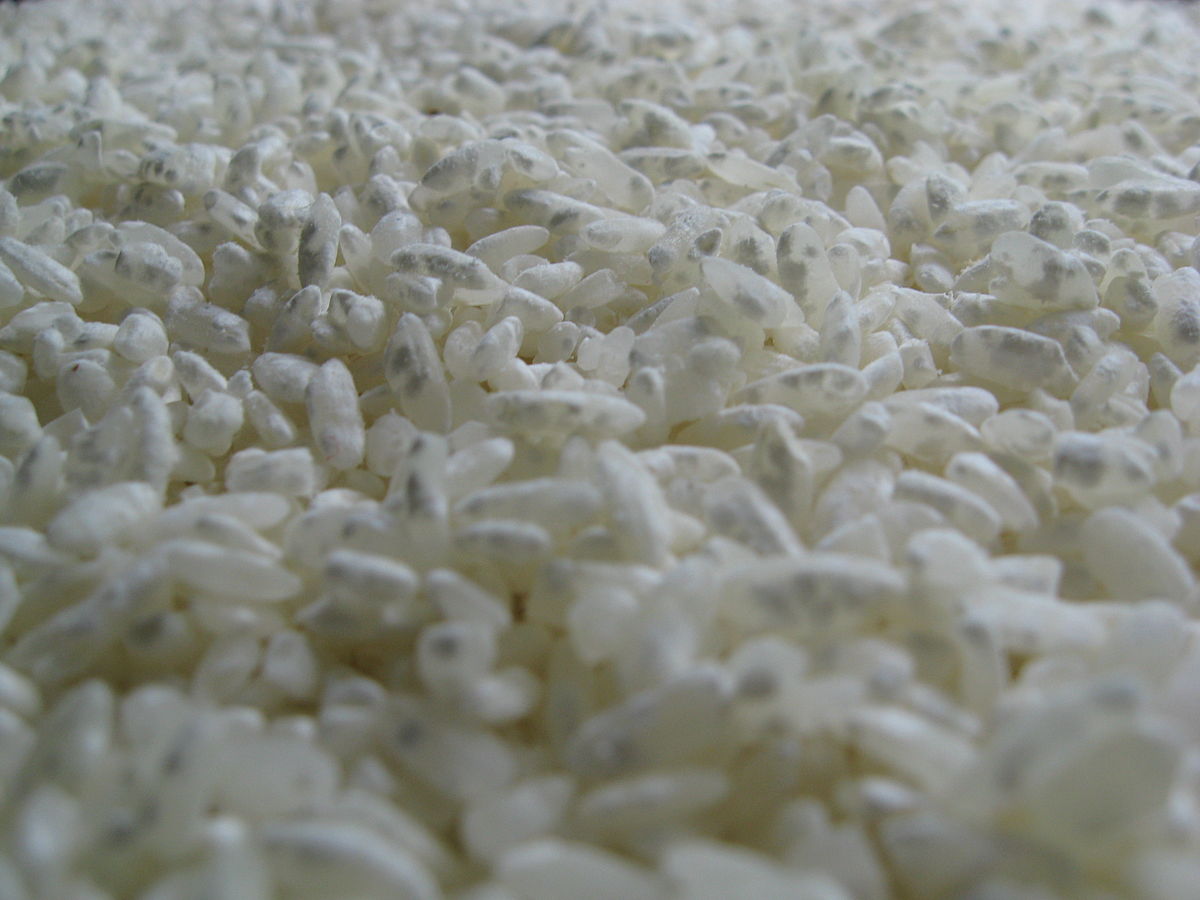
Kojic Acid is a crystalline white powder that is derived from an Asian fungus. This acid has been used for a long time in Japan in the form of an alternative to hydroquinone. Kojic Acid has been found to work wonders when it comes to skin pigmentation and discolouration. American Academy of Dermatologists have clinically proven that Kojic Acid can be effective for the treatment of hyper-pigmentation.
Kojic Acid functions similar to Arbutin and inhibits the activity of the enzyme tyrosinase. Like mentioned earlier, tyrosinase is responsible for the production of melanin. Kojic Acid is also an antioxidant along with being known as an effective agent for the treatment of damage caused by the sun or for treating sensitive skin.
Turmeric

Medicinal use of turmeric dates back to nearly 4000 years ago. The spicy plant of the ginger family is used today in powder form for nutritional, therapeutic and cosmetic purposes. The main active ingredient in turmeric is curcumin. The compound is proven to have powerful anti-inflammatory, antibacterial and antioxidant properties.
The combination helps in fighting off many skin conditions. In skin care, it is used to prevent and heal dry skin, treat eczema, and acne. Its use has also been proven to counter the aging process and hinder the formation of wrinkles. Curcumin inhibits melanogenesis in the skin. This comes in handy when you just want to give your entire skin a glow or get rid of dark spots.
Turmeric can be mixed with other natural ingredients such as honey, gram flour, rose water, natural oils etc. for DIYs. On the other hand, you can buy skin care and hair products that contain it.
rocket
Pro tip – To notch up turmeric’s skin whitening ability, mix it with lemon or lime juice.
Aloe Vera Gel

For Centuries, the Aloe Vera plant has been used for beauty, medicine, health and skin care purposes. The Greek christened it the ‘universal panacea’ while the Egyptians referred to it as the ‘the plant of immortality’.
Aloe Vera hydrates your skin due to its 96-97% water content, protects your skin from pollutants and sun damage, reduces sebum content, reloads collagen and elastin, and curbs hyperpigmentation. Aloe Vera contains aloesin, a compound that inhibits melanin production.
Today, the word of beauty and skin care has included aloe Vera into numerous products to tap into all the goodness that it has to offer. For DIY queens and kings, Aloe Vera gel can be applied directly on the skin, left to sit for 10 minutes and washed off twice daily for great results.
It can also be combined with a host of other natural ingredients such as rose water, lemon, honey and turmeric, gram flour, Shea butter etc.
Peppermint

Peppermint has been used as a remedy for many conditions and for many centuries. From offering remedies for digestive system issues, respiratory infections and menstrual disorders to calming muscles and relieving pain, there is no limit to what this herb can do.
Its antiseptic and antimicrobial properties come handy in skin care too; peppermint oil is mixed with shampoos, body washes, lotions and creams to tap into these qualities. A more recent study demonstrated that peppermint indeed has tyrosinase inhibiting properties. The effect can be further strengthened by the oil’s ability to regenerate dull cells and give room for new and lighter skin.
Gram Flour

Gram flour which is used in cooking also comes with other benefits for our skin too. Apart from high fibre content and high protein without gluten, it also contains beta-carotene, niacin, riboflavin, folate acid and unsaturated fatty acids.
When used on the skin, it absorbs excess oil and helps to control sebum distribution. It also tightens your pores. This decreases the occurrences of skin breakouts and blemishes that can interfere with your skin tone. So, where does the skin lightening ability come in?
Gram flour is a natural exfoliator. This helps your skin to get rid of dead and dull skin cells which paves way for your skin’s natural regeneration process, eventually exposing new and lighter skin.
For great results, gram flour can be used alone or in combination with other skin lightening ingredients like turmeric, lemon and buttermilk among others. When used daily, you should have noticeable results within 3-4 weeks.
Clove oil
Clove oil is another well-known natural ingredient in the homeopathic society. Clove oil is known to balance out the hormones that puts a block on the pigmentation issues.
Lactic Acid
The workings of Lactic Acid is similar to that of Glycolic Acid. The only difference is that Lactic Acid is better suited for people who possess sensitive skin. Lactic Acid is responsible for moving dead skin cells from the uppermost layer of your skin in order to reveal healthier skin underneath.
Lemongrass
Lemongrass is another product that is present in natural skin whitening creams. It contains limonene that has effective skin brightening properties. It possesses certain detoxifying properties that clear out the skin pores, helping them to breathe.
Niacinamide
Niacinamide or Vitamin B3 is a very effectual skin lightening agent and determines a major reduction in melanin production. This ingredient is a part of skin creams for its skin lightening properties. Apart from skin lightening, Niacinamide also enables your skin to hold on to the original moisture, makes the skin softer, smoother, and wrinkle-free.
Conclusion
So, now that you know about the natural ingredients that you need to look for while purchasing a skin lightening product, which product would you go for?
Please note that there are many more natural products that you might find as ingredients in the skin lightening products. We have only mentioned the major ones which are present in almost all the natural and safe skin whitening products found here.
About:
sonia knight
Sonia Knight is the founder of be:skinformed.
Apart from having her own experience with hyperpigmentation, Sonia has gained vast knowledge in the dermatology field. For more info on this, check out our about us page.




